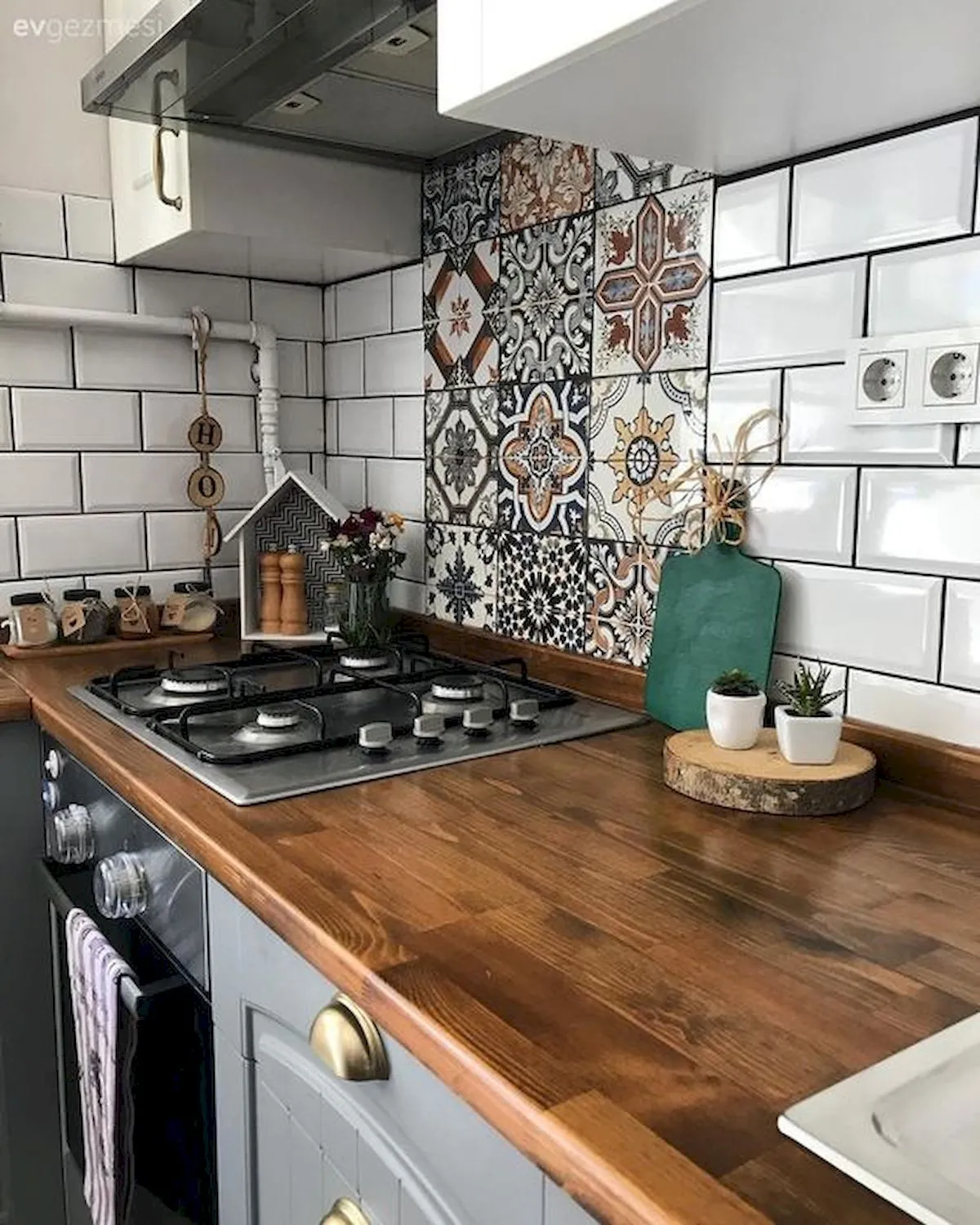Understanding the Farmhouse Decor Trend
Farmhouse decor has enjoyed significant popularity in recent years, characterized by its rustic charm, cozy atmosphere, and emphasis on natural materials. This style often incorporates elements like shiplap walls, distressed furniture, and vintage accents, creating a warm and inviting space. The appeal lies in its ability to evoke a sense of comfort and nostalgia, making kitchens feel like the heart of the home. However, while farmhouse remains a beloved style, it’s essential to recognize that design trends evolve, and other aesthetics offer fresh perspectives for kitchen spaces. Overexposure to any design trend can lead to a desire for something new and different, prompting homeowners to explore alternatives that better reflect their evolving tastes and preferences. This shift allows for personal expression and the integration of elements that create a unique and personalized kitchen environment.
The Rise and Popularity of Farmhouse
The rise of farmhouse decor can be attributed to several factors, including its accessibility, versatility, and strong presence in media like home renovation shows and social media platforms. This style’s simplicity and the ease with which it can be implemented have made it a favorite among homeowners. Moreover, its ability to blend seamlessly with other styles has added to its appeal. The use of neutral colors and natural textures creates a timeless foundation that can be easily updated with accent pieces and seasonal decorations. The farmhouse aesthetic also resonates with a desire for a return to basics and a connection to the past. The use of reclaimed wood, vintage finds, and handmade items adds a sense of authenticity and character, creating a space that feels lived-in and loved. These aspects have solidified its place in home design, yet the need for variety and personalization encourages exploration beyond this established style.
Why a Change in Kitchen Style Might Be Needed
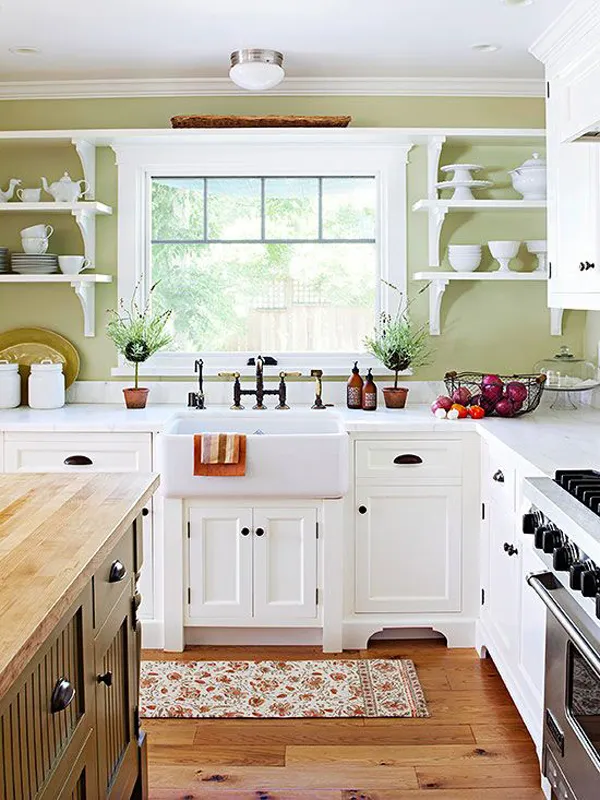
While farmhouse decor has its merits, there are several reasons why homeowners might seek alternatives. Over time, the repetition of a single style can lead to design fatigue. Personal tastes evolve, and what once felt fresh and appealing might begin to feel commonplace or even outdated. Moreover, individual preferences for functionality, color palettes, and overall ambiance vary greatly. Not every homeowner finds farmhouse decor to be the perfect fit for their lifestyle or the specific characteristics of their home. Exploring other options allows homeowners to create a space that uniquely reflects their personality and meets their specific needs. It also provides an opportunity to experiment with different aesthetics, which can lead to a more engaging and inspiring living environment. The shift towards alternative styles is about embracing personal expression and creating a kitchen that truly feels like home.
Exploring Alternatives to Farmhouse Kitchen Decor
Fortunately, the world of kitchen design offers a vast array of styles beyond farmhouse. These alternatives provide opportunities for creating unique, personalized spaces that reflect diverse tastes and functional needs. Exploring these alternatives opens up possibilities for innovation and self-expression, moving away from the established norms and embracing the full spectrum of design possibilities. This process often starts with identifying what elements of the existing style are not working or what is lacking. Then, homeowners can begin to research and experiment with new ideas. The journey involves considering how different styles align with their personality and how they fit into their home. This exploration can lead to discovering a new-found passion for design and creating a kitchen that truly reflects who they are and how they want to live.
Modern Kitchen Design for a Contemporary Feel
Modern kitchen design emphasizes clean lines, minimalist aesthetics, and a focus on functionality. This style often incorporates sleek cabinetry, open shelving, and a neutral color palette accented by pops of color or bold artwork. The use of high-tech appliances and innovative storage solutions is also common, creating a space that is both stylish and highly efficient. Modern kitchens prioritize simplicity, uncluttered countertops, and a sense of spaciousness. The materials typically used include smooth surfaces such as stainless steel, glass, and engineered stone. The goal is to create a kitchen that feels streamlined, sophisticated, and easy to maintain, making it ideal for those who appreciate contemporary design and a clutter-free environment. This design style seamlessly blends form and function, resulting in a space that is both aesthetically pleasing and highly practical.
Minimalist Kitchen Decor: Less is More
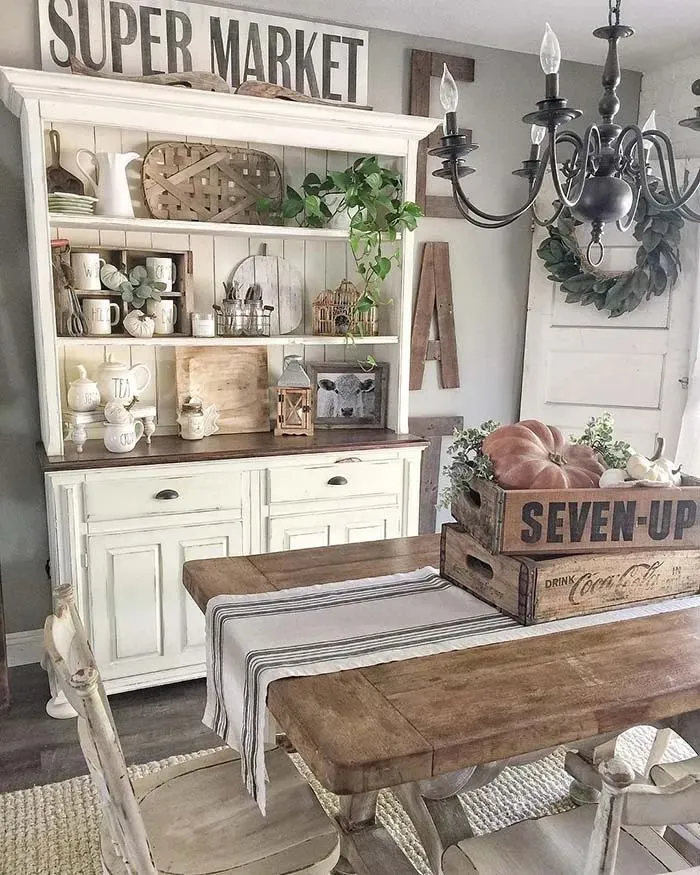
Minimalist kitchen decor takes the concept of simplicity to the extreme, focusing on essential elements and a highly edited approach. This style is characterized by a lack of ornamentation, a neutral color palette, and a focus on clean lines and functionality. The goal is to create a serene and uncluttered space where every element serves a purpose. Storage is often hidden, and countertops are kept clear of clutter. This style typically involves the use of high-quality materials and a commitment to craftsmanship. Minimalist kitchens are designed to be both visually appealing and incredibly functional, providing a sense of calm and order. This is an excellent choice for individuals who value simplicity, efficiency, and a clutter-free lifestyle, creating a space that allows them to focus on what truly matters.
Scandinavian Kitchen Design A Blend of Function and Style
Scandinavian kitchen design blends functionality with a focus on natural light and a warm, inviting atmosphere. This style is characterized by a neutral color palette, often including white, gray, and soft pastels, complemented by natural wood accents. Scandinavian kitchens often feature simple, uncluttered cabinetry, open shelving, and the use of natural materials like wood and stone. The emphasis is on creating a bright, airy space that is both practical and aesthetically pleasing. Scandinavian designs prioritize functionality, with well-organized storage solutions and ergonomic layouts. The use of cozy textiles, such as wool rugs and linen curtains, adds a touch of warmth and comfort. Scandinavian kitchens offer a balanced and harmonious approach, reflecting a lifestyle centered on simplicity, well-being, and a deep appreciation for the natural world.
Industrial Kitchen Decor: Raw and Bold
Industrial kitchen decor draws inspiration from industrial spaces, such as factories and warehouses, creating a raw and edgy aesthetic. This style features exposed brick, metal accents, and reclaimed wood, resulting in a look that is both functional and visually striking. Industrial kitchens often incorporate open shelving, concrete countertops, and pendant lighting. The color palette typically includes neutral tones like grays, blacks, and whites, with pops of color added through artwork or accessories. This style embraces imperfections, celebrating the beauty of raw materials and the history of the space. Industrial designs convey a sense of authenticity and character, making the kitchen a unique and expressive space. It is an excellent choice for those who appreciate bold, utilitarian design and a touch of urban grit.
Bohemian Kitchen Decor: Color and Texture
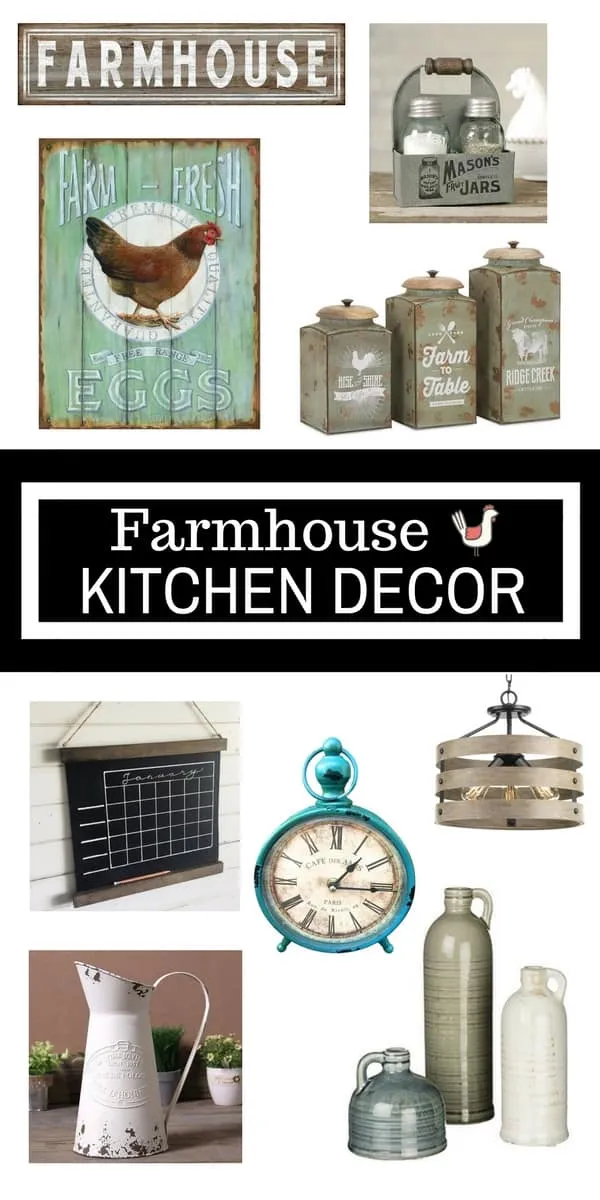
Bohemian kitchen decor is all about embracing color, texture, and global influences. This style often incorporates vibrant patterns, layered textiles, and eclectic accessories. Bohemian kitchens feature a mix of vintage and handmade items, creating a unique and personalized space. The color palette can be bold and varied, including rich jewel tones, earthy hues, and pops of bright accents. The use of natural materials like wood, rattan, and macrame adds warmth and texture. Bohemian designs celebrate individuality and creativity, making the kitchen a space that feels both inviting and inspiring. This style is perfect for those who appreciate a relaxed, artistic atmosphere and enjoy collecting unique treasures from around the world. This results in a kitchen that reflects the owner’s personality, creating a space that is full of life and character.
Choosing the Right Kitchen Decor for Your Needs
Selecting the appropriate kitchen decor involves careful consideration of various factors, including personal preferences, lifestyle, and the specific features of the space. Understanding your own taste and the needs of your household is key. Consider how you use the kitchen, how much cooking you do, and how important features like storage and functionality are to you. Evaluate the existing architecture and layout of the kitchen, including the size, natural light, and any existing features. Make note of what you love about the space and what you would like to change. Research various design styles and create a mood board to help visualize the overall look. Consider the budget, as different styles and materials come with varying costs. Don’t be afraid to combine elements from different styles to create a kitchen that reflects your unique personality and suits your functional requirements. This thoughtful approach allows you to create a kitchen that enhances both your daily life and the overall value of your home.
Factors to Consider When Choosing a Style
Several factors should be considered when selecting a kitchen design style. The size and layout of the kitchen will influence the types of designs that are most suitable. In a small kitchen, minimalist or Scandinavian styles can maximize space and create a sense of openness. The overall style of your home is another crucial consideration, as the kitchen should complement the rest of the decor to maintain a cohesive aesthetic. Your lifestyle also plays a significant role; consider how often you cook, entertain, and the specific needs of your household. Durability and maintenance requirements should also be considered, as certain materials require more upkeep than others. Consider the amount of natural light and how it affects the color choices and overall feel of the space. Ultimately, the goal is to choose a style that is not only aesthetically pleasing but also practical, functional, and suitable for your lifestyle and home.
Tips for Incorporating New Styles
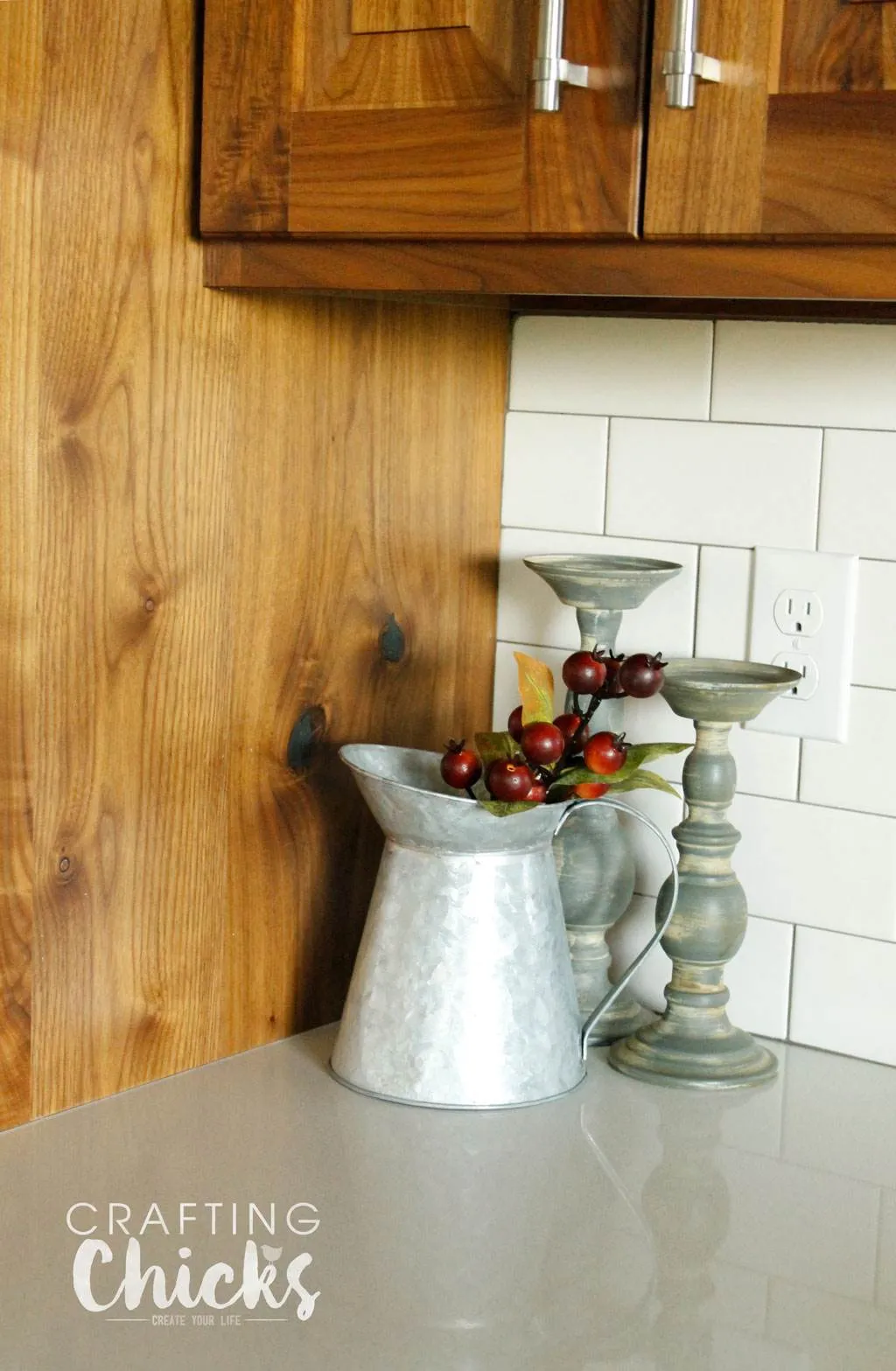
Incorporating a new kitchen design style involves careful planning and execution. Start by creating a mood board or collecting inspiration images to define the look you want to achieve. Begin with smaller changes, such as updating accessories, paint colors, or hardware, before undertaking larger renovations. Prioritize functionality and storage solutions that match the chosen style, ensuring that the kitchen is both beautiful and practical. Choose materials and finishes that are appropriate for the style and the specific needs of your kitchen. Consider professional help from a designer or architect to ensure the design is well-executed. Be patient and allow the project to evolve, as changes and adjustments may be necessary along the way. Remember, the process of transforming your kitchen is an opportunity to create a space that truly reflects your personality and meets your lifestyle requirements, resulting in a kitchen that is both stylish and functional.
Conclusion
Breaking away from the conventional farmhouse style opens a world of exciting possibilities for kitchen design. Exploring alternatives like modern, minimalist, Scandinavian, industrial, and bohemian styles allows homeowners to create kitchens that are truly unique and personalized. By considering various factors like personal preferences, functionality needs, and home aesthetics, you can confidently embark on a design journey that results in a kitchen you’ll love. Embrace the opportunity to experiment with different styles, materials, and design elements, and create a space that inspires you and enriches your daily life. The best kitchen design is one that seamlessly blends beauty and functionality, creating a space that is both a pleasure to use and a reflection of your unique style and personality. The journey of kitchen design should be an exciting one, filled with creativity and self-expression, leading to a space that feels like home.
